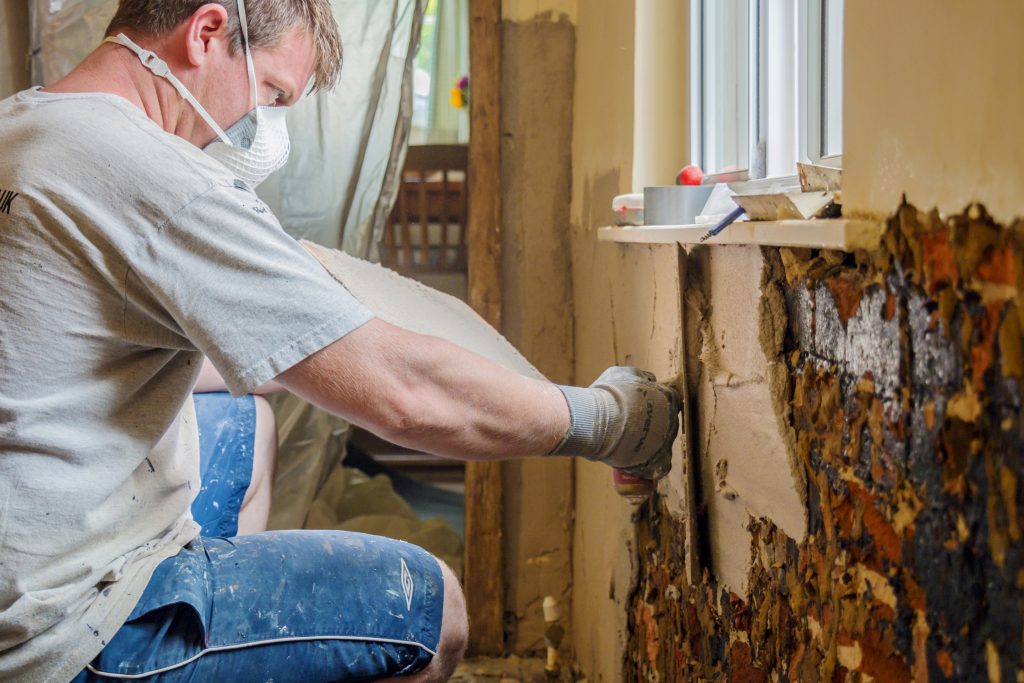
While conservation officers and others are keen to ensure the use of traditional lime-based plasters and renders on listed and heritage buildings; research into new technology by Safeguard Europe – the UK’s leading specialist in damp-proofing and waterproofing technology – suggests that better, more effective options are available.
The preference for lime plasters in conservation applications today is because of their perceived traditional material composition and, especially, breathability – allowing walls to attenuate moisture to the environment.
However, in the face of rising or penetrating damp, lime plasters can start to fail. This is especially the case where the dampness introduces salts into the plasterwork. Furthermore, new research shows that lime plasters are far from the most breathable of their kind; and modern hybrid ‘hi-lime’ or damp-resistant materials are far more effective.
In these tests, hi-lime plasters were shown to allow transmission of around 1.2kg/m2 of water vapour over a fourteen-day period, compared to 0.85 1.2kg/m2 for a traditional mix of 3:1 sand and lime. More interestingly, recently introduced proprietary damp-resistant and fast set plasters were also shown, over two weeks, to transmit 1.55 kg/m2 and 1.48kg/m2of water vapour respectively.
Consequently, there is a need for internal plastering systems that are impervious to damp; while not creating the problems associated with a sand and cement system: condensation risk and vapour impermeability.
New ‘second generation’ plastering systems have been introduced that are more resilient to dampness and salts than traditional plastering methods. These modern systems are capable of being applied to walls that are still damp and can resist high levels of moisture and salt ingress. The make-up of these plasters means they have large pores and a high pore volume. This allows salts to form within the plaster rather than on the surface; and the high pore volume results in thermal resistance, reducing the risk of condensation.
Other properties include a 0.3m2 compressive strength, ensuring that the plaster can easily be removed later without damaging underlying brickwork; high water vapour diffusion (breathability) and conformity for the EN998-1 CE Standard as ‘Renovation Mortars’.
While traditional plasters have been used on internal walls for thousands of years to create smooth, decorative surfaces – lime-based plasters were used in Jordan as long ago as 7500 BC, and clay and gypsum in ancient China and India – the orthodoxy around plastering in listed and conservation environments, save when special materials or skills are demanded; can now be effectively challenged: and in the best interest of heritage buildings too.
For further details of Safeguard’s advanced, high-performing hi-lime and damp-resistant plasters, visitwww.safeguardeurope.com/products/dryzone-system